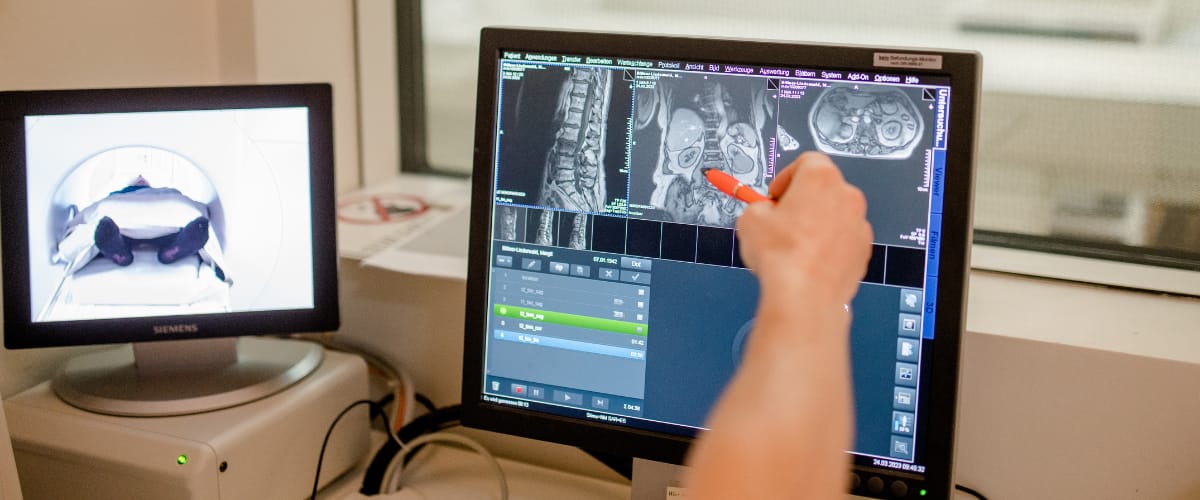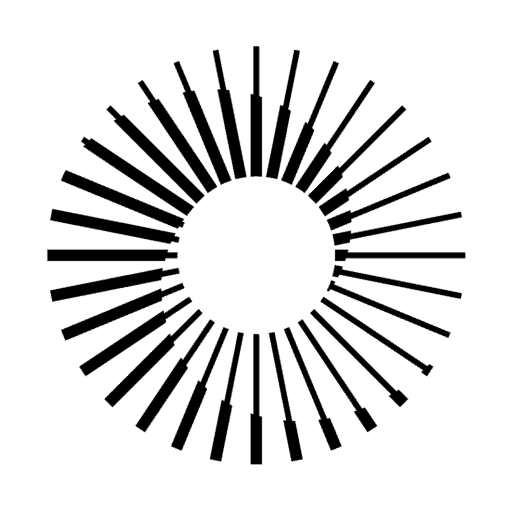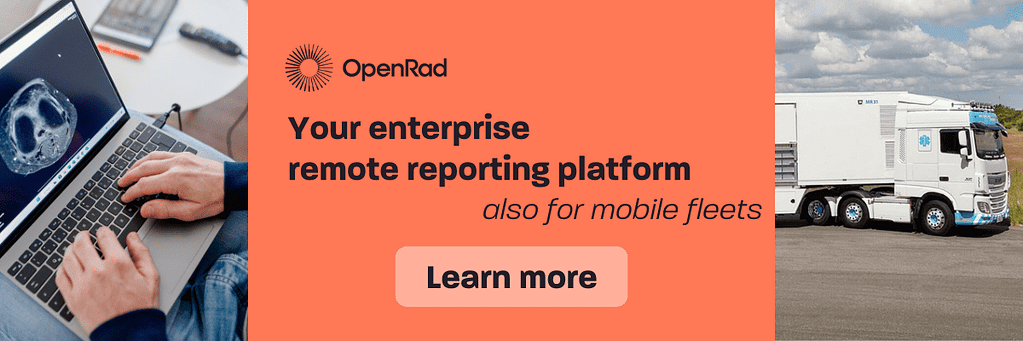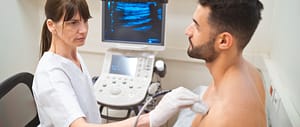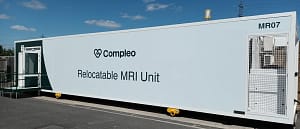Computerised tomography (CT) is a valuable tool for various medical purposes, such as diagnosis and treatment planning, because it provides detailed images of the body. CT scans can also be used to monitor a person’s health by comparing the results of previous scans with more recent ones. This helps healthcare providers decide if a condition is stable or not.
How do CT scans work?
Computerised tomography uses X-rays and advanced computer technology to produce detailed images of various areas of the body. The machine used to perform this exam is known as a CT scanner.
The CT scanner emits a series of X-rays that pass through the body, and are detected by sensors on the other side of the scanner. The information obtained from the beams is then sent to a computer which uses algorithms to reconstruct images.
What happens during a computerised tomography?
Before undergoing the CT-scan it is important for the patient to prepare for it: That means changing into comfortable clothing and removing any item that could interfere with the scan. This is also the part when contrast dye is injected into the vein if necessary.
Then the patient lies on the table of the CT scanner and the exam can start. The machine’s X-rays rotate around the patient, and there is very little noise. A computer creates separate images of the body area called slices, which can then be stored, viewed on a computer or copied on a disk.
After the images are obtained, a radiologist who can give more insight will review them. If the goal of the scan was to obtain a diagnostic, the health provider is going to help the patient with all information they need.
How long should a computerised tomography take?
A computerised tomography can take anywhere between five and thirty minutes, depending on the type of scan that is being performed.
It is also important that the patient stays still during the CT, otherwise the final images will be blurred, and the scan will have to be repeated for better results. Newest scanners can perform a CT of the full body in just a few seconds.
Who is usually involved in a CT?
To ensure that the computerised tomography is performed correctly, a team of healthcare professionals is involved in the process. The person who is most often in charge of performing the CT scan is the radiologic technologist who possesses both technical and communication skills.
The radiologic technologist does not work alone. Other important roles are those of the radiologist, the medical physicist, the nurse and the technologist. Depending on the complexity of the CT scan, a surgeon or an oncologist can be involved as well.
All these healthcare professionals work together to ensure the safety of the patient that is being examined, and also to improve the accuracy and efficiency of the scan.
For patients, getting a diagnosis is only the beginning of their journey. That is why they need a team of specialists to guide them through the next steps.
Advantages of computerised tomography
CT scans can bring plenty of advantages to those who choose this method of diagnosis:
- High-quality images: Unlike traditional X-rays or ultrasounds, the images provided by CT are much clearer which makes it easier for specialists to determine the diagnostic. The scan can be done with contrast agent which improves the quality of the final images.
- Versatile: Computerised tomography can be used to examine any part of the body, and that makes it useful in the diagnosis of a variety of health conditions. Some of the most commonly performed tests are the abdominal and pelvis CT scan, cranial or head CT scan and chest CT scan.
- Painless: CT scans are non-invasive which means they do not require surgical incisions. There is also no recovery time for people who went through a computerised tomography, so they can go back to their usual activities as soon as they are done with it.
Disadvantages of computerised tomography
Although computerised tomography has many advantages, as it has been previously mentioned, there can also be some disadvantages that need to be taken into consideration before choosing to undergo the scan:
- Limited information: There are situations in which a different imaging test, such as the MRI, is more suitable than computerised tomography. While CT can produce quality images of bones and other dense tissues, it is not as efficient when it comes to soft tissues.
- Price: Computerised tomography can be expensive, especially if multiple scans are required to monitor the evolution of a health condition. That is why it is important for patients to check with their insurance provider to determine whether or not the price of the scan will be covered.
- Allergies: This disadvantage does not only apply to computerised tomography solely, but to all imaging tests that are performed with contrast agent. Although the side effects are usually mild and only last for a little while, it is important that the patients are made aware of the possibility of experiencing headaches, nausea and similar sensations.
Alternatives to computerised tomography
CT scans are considered to be safe for most people, but there are situations in which other alternatives should be taken into consideration first. Computerised tomography uses radiation, which can be harmful to developing foetuses and young children who are more sensitive to it than adults.
If there is a chance for a patient to be pregnant at the moment of the scan, the healthcare provider must be made aware of it.
Finally, computerised tomography is an important tool in radiology. Without it obtaining a quick and painless diagnose would be much more difficult. To obtain the best possible results, a team of professionals must be in charge.
It is also essential that patients are made aware of the advantages and disadvantages of this imaging method, and also of other alternatives they can benefit from.
📷 Photo credits: daniela-mueller.com
